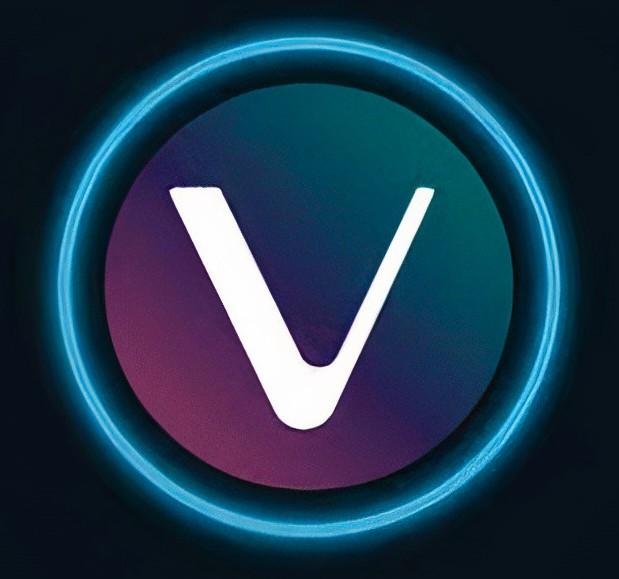US Sound Recognition Market Share: Growth, Trends, and Future Outlook
The US Sound Recognition Market Share has been growing steadily as sound recognition technologies gain traction in various applications, including smart home devices, automotive systems, healthcare, and security. Sound recognition technology allows devices to understand and process sound signals, enhancing user interaction and improving efficiency across multiple industries. The increasing use of voice-activated systems and AI-powered audio recognition software is further boosting the market, enabling smart devices to interpret and react to environmental sounds.
Market Drivers
The main drivers of the US sound recognition market include the widespread adoption of voice assistants like Amazon Alexa, Google Assistant, and Apple's Siri, which rely on sound recognition to process user commands. Additionally, sound recognition technologies are becoming integral in security and surveillance systems, where they can detect specific sounds such as glass breaking or alarm signals, providing real-time alerts to homeowners and businesses.
In the healthcare sector, sound recognition is helping in the development of systems that can monitor patients’ conditions through voice patterns, enabling remote monitoring and quicker response times. Moreover, advancements in machine learning and AI are making sound recognition systems more accurate and efficient, further accelerating market growth.
Key Trends in the US Sound Recognition Market
-
Integration with Smart Homes: As the IoT continues to expand, more devices are incorporating sound recognition to enhance their functionality. From smart speakers to home security systems, sound recognition is making interactions more intuitive and hands-free.
-
Rise in Automotive Applications: Sound recognition technologies are being used in the automotive industry for in-car assistants, noise reduction, and driver behavior analysis. The ability to distinguish between various sounds in a car environment is helping enhance both safety and comfort.
-
AI and Machine Learning Advancements: The integration of AI and machine learning with sound recognition technologies is significantly improving accuracy, enabling systems to understand complex sounds and filter out background noise.
Market Opportunities
The US Sound Recognition Market Share presents multiple opportunities across several sectors. The smart home industry is one of the primary beneficiaries, with devices such as smart speakers, security cameras, and thermostats becoming increasingly reliant on sound recognition for seamless operation. In the automotive sector, the demand for in-car sound recognition systems is expected to rise as part of the broader push towards autonomous and connected vehicles.
Healthcare is another promising sector, with sound recognition enabling the creation of new diagnostic and monitoring tools. For example, sound recognition software can analyze patients' speech patterns to detect early signs of conditions like stroke or Parkinson's disease, allowing for earlier intervention.
Regional Insights
The market for sound recognition in the US is particularly strong in technology hubs such as California, where smart home technology and AI research are thriving. Additionally, with the growth of autonomous vehicles and the continued development of healthcare technologies, demand for sound recognition solutions is expanding across the country.
Future Outlook
The US sound recognition market is expected to experience continued growth, driven by technological advancements and increased adoption across multiple industries. As AI and machine learning technologies evolve, sound recognition systems will become more sophisticated, enabling even more precise and context-aware responses to sound signals. In the future, sound recognition will likely become a core feature in everyday devices, offering a more seamless and intuitive user experience.
For additional insights, explore the Vision Processing Unit Market and the Home Theater Audio System Market.
FAQs
1. What is sound recognition technology?
Sound recognition technology allows devices and systems to detect and analyze sound signals in the environment, enabling them to respond to specific noises or voice commands. It is used in applications like voice assistants, security systems, and healthcare monitoring.
2. How is sound recognition used in the automotive industry?
In the automotive industry, sound recognition is used for in-car voice assistants, noise reduction, and driver monitoring. It helps improve user interaction and enhances vehicle safety by recognizing specific sound events, like tire pressure changes or collisions.
3. What are the benefits of sound recognition in healthcare?
In healthcare, sound recognition technology can monitor patients by analyzing their voice patterns to detect early signs of diseases, enabling remote patient monitoring and timely interventions for conditions like respiratory issues or neurological disorders.
- Art
- Causes
- Crafts
- Dance
- Drinks
- Film
- Fitness
- Food
- Jogos
- Gardening
- Health
- Início
- Literature
- Music
- Networking
- Outro
- Party
- Religion
- Shopping
- Sports
- Theater
- Wellness



